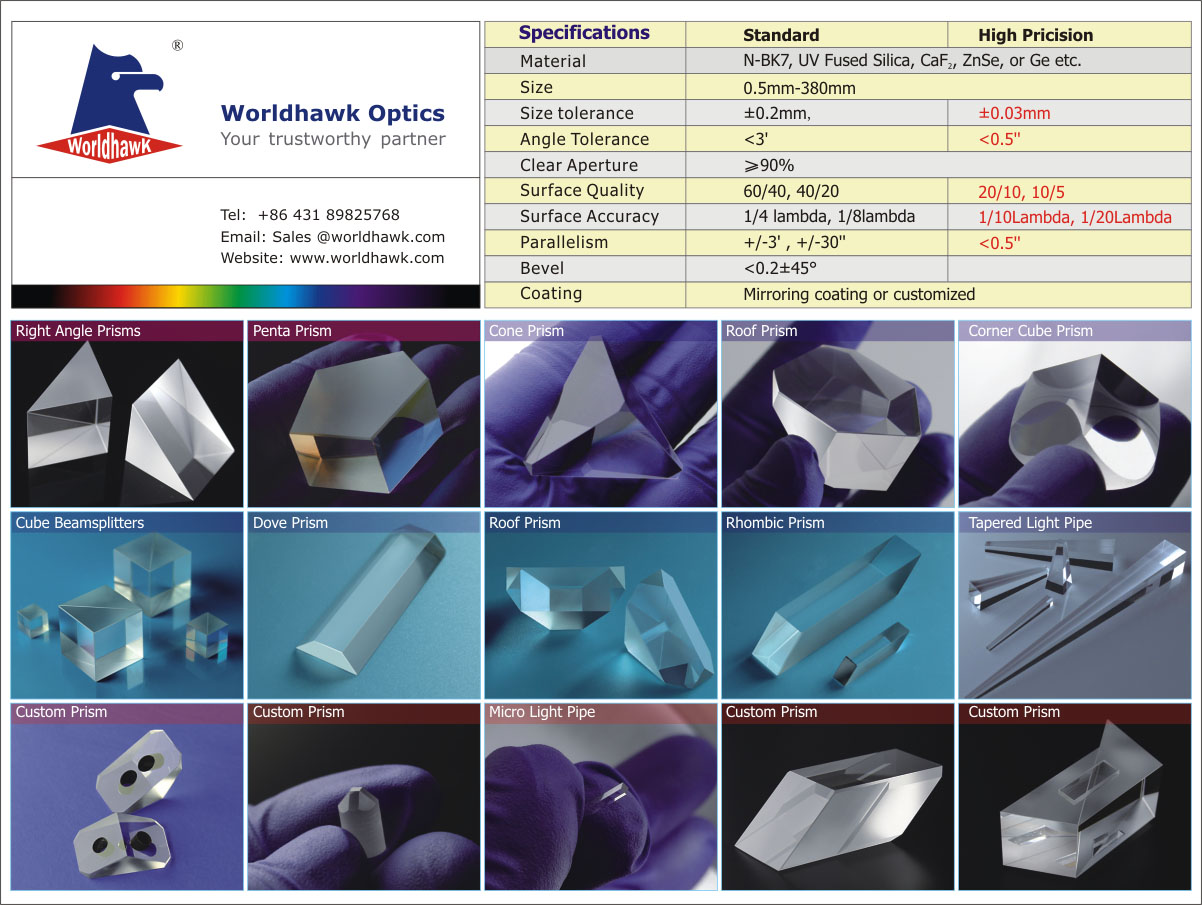Dehydrated vegetables are dry foods that have been artificially heated to remove most of the water from fresh vegetables. When it is eaten, it is not only delicious, fresh, but also able to maintain the original nutrients, coupled with its small size, light weight, fresh water will be restored, convenient transportation and consumption, etc., has been favored by people. Selected fresh beans, cucumbers, celery, green peppers, garlic sprouts, radish, ginger, green beans, potatoes, carrots, onions, bamboo shoots, day lily, edible mushrooms, etc., fresh and plump vegetables with thick flesh, dense tissue, and less crude fiber. It can be used to process dehydrated vegetables. In order to facilitate the processing and make the quality of the finished product consistent, the selection and grading should be based on the freshness, size, quality and maturity of the raw materials. Rinse the selected ingredients with clean water, remove the stems, dry leaves, and dry in a place away from direct sunlight. Radishes, potatoes, onions, ginger and other root vegetables need to be cut into slices, diced or strips with a knife, and the rest of the bundles are bundled in order to make them consistent and easy to cook. Potatoes, carrots, etc., but also to remove the epidermis, the method is: 1% -2% sodium hydroxide at room temperature or boiling water for 5-10 minutes. After boiling hot vegetables are cooked and hot, the dried products are translucent and the green vegetables appear greener. In addition, vegetables after appropriate heat treatment, it is easier to dry, and its dry products are easy to restore the original state when adding water, and can kill most of the microorganisms and eggs attached to vegetables. The cooking time differs depending on the type, variety, maturity, or texture of the vegetables, and is usually 2 to 5 minutes. Over-cooking, large loss of nutrients, and decreased ability to rehydrate. When boiling, you should always keep the water in the pot boiling and keep it heated evenly. The water-cooled and boiled vegetables shall be immediately put into cold water to immerse the heat and be washed with fresh cold water. When the water temperature in the bowl is basically the same as the temperature of the washed water, remove the vegetables and drain the water. Cozy room baking. Bake the vegetables that are hot and well-dried in the oven until they are evenly spread on the baking tray, and then put them on a pre-established drying rack. The temperature is controlled at 32-42°C and allowed to dry. Every 30 minutes into the drying room to check the temperature once, while constantly turning the vegetables in the baking pan to make it faster drying speed. When it is found that the temperature is not appropriate, the temperature should be adjusted in time. Usually after 11-16 hours, when the moisture content in the vegetable body drops to about 20%, 0.1% sorbic acid or sodium benzoate shall be evenly sprayed on the surface of the vegetables to prevent corrosion and mildew. Preservatives can be closed after spraying. Close the dried vegetable into a tightly constructed large wooden box and seal it temporarily for about 10 hours to make the dry vegetable water content uniform. After the dried vegetables are bulky and bulky, they need to be compressed before packing. In the final stage of dehydration, dehydrated vegetables generally have a temperature of 60-65%. If, after dehydration, it does not wait for cooling, it can be immediately compacted and can no longer be reheated. Otherwise, in order to reduce crushing, hot steam must be sprayed before the briquettes and then dried with hot air. However, drying with hot air will result in the loss of vitamin C, so it is best to store the desiccant lime together. The packaged dried vegetables are sealed in a plastic bag, placed in a box with moisture-proof paper, and stored in a cool, dry, dark place. Dove prism is used to rotate, invert, or retroreflect an image, depending upon the prism's rotation angle and the surface through which the light enters the prism. Dove Prisms are fabricated from N-BK7 glass for high transmission from the visible to the near-infrared spectral range.
Upon request, our prisms can be AR coated for the UV spectral range , VIS spectral range and IR spectral range.
Dove Prisms,Custom Glass Prisms,Glass Trapezoidal Prism,Dove Prisms Glass Trapezoidal Prism ChangChun Worldhawk Optics Co.,Ltd , https://www.worldhawk-optics.com
Dove prisms can be thought of as right-angle prisms with the triangular apex removed, which reduces the weight of the prism and stray internal reflections. They introduce astigmatism when used with converging light, so we recommend using them with collimated light.
Image Rotation
Light is usually propagated along the longitudinal axis of a Dove prism. In this geometry, light reflects once from the bottom face, inverting the image on the other side. Rotation of the prism about the longitudinal axis rotates the image at twice the rate of the prism's rotation. For example, a 20° rotation of the prism results in a 40° rotated image. The AR-coated Dove prisms are designed specifically for the image rotation and inversion application.
Due to the high incidence angle, the light reflecting from the bottom face undergoes total internal reflection, even if the light's propagation axis and the prism's longitudinal axis are not exactly parallel. Hence, in a Dove prism, the magnitude of the internal transmission is limited only by absorption.
Retroreflection
When light is incident on the longest face, the Dove prism acts as a retroreflector or a right-angle prism. The light exits parallel to the input light (independent of the incidence angle) and is inverted by 180°. In situations with limited space or where more convenient mounting options are needed, the Dove prism can replace a retroreflector or right-angle prism.
Custom Coatings
